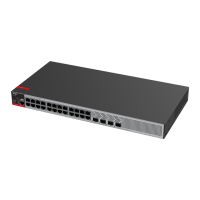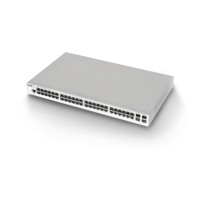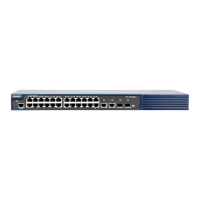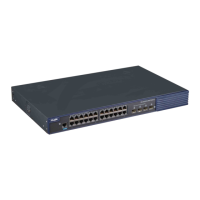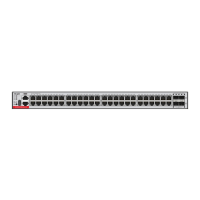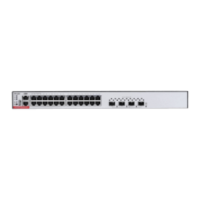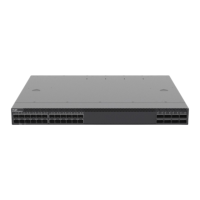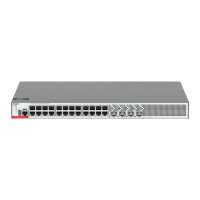Command Reference IPv6 Commands
The default is 0. (The maximum number is the neighbor table size supported by the device)
Global configuration mode
This command is used to prevent unresolved ND table entries generated by malicious scan attacks
from consuming table entry resources,
The following example sets the maximum number of the unresolved neighbor table entries to 200.
Ruijie(config)# ipv6 nd unresolved 200
Use this command to configure a static neighbor. Use the no form of this command to delete a static
neighbor.
ipv6 neighbor ipv6-address interface-id hardware-address
no ipv6 neighbor ipv6-address interface-id
The neighbor IPv6 address, in the form as defined in
RFC4291.
Specifies the network interface where the neighbor is
(including Router Port, L3 AP port and SVI interface).
The 48-bit MAC address, a dotted triple of four-digit
hexadecimal numbers.
No static neighbor is configured by default.
Global configuration mode
This command can only be configured on the interface enabled with IPv6 protocol, similar to the ARP
command.
If the neighbor to be configured has been learned through Neighbor Discovery Protocol (NDP) and
stored in the NDP neighbor table, the dynamic neighbor turns to be static. If the static neighbor is
valid, it is always reachable. An invalid static neighbor refers to the neighbor whose IPv6 address is
not valid (not in the IPv6 network segment configured for the interface or interface address conflict).
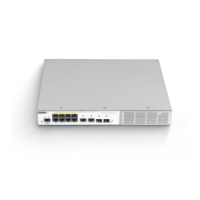
